Climate and Energy Summit 2025
Next event In person & livestreamed
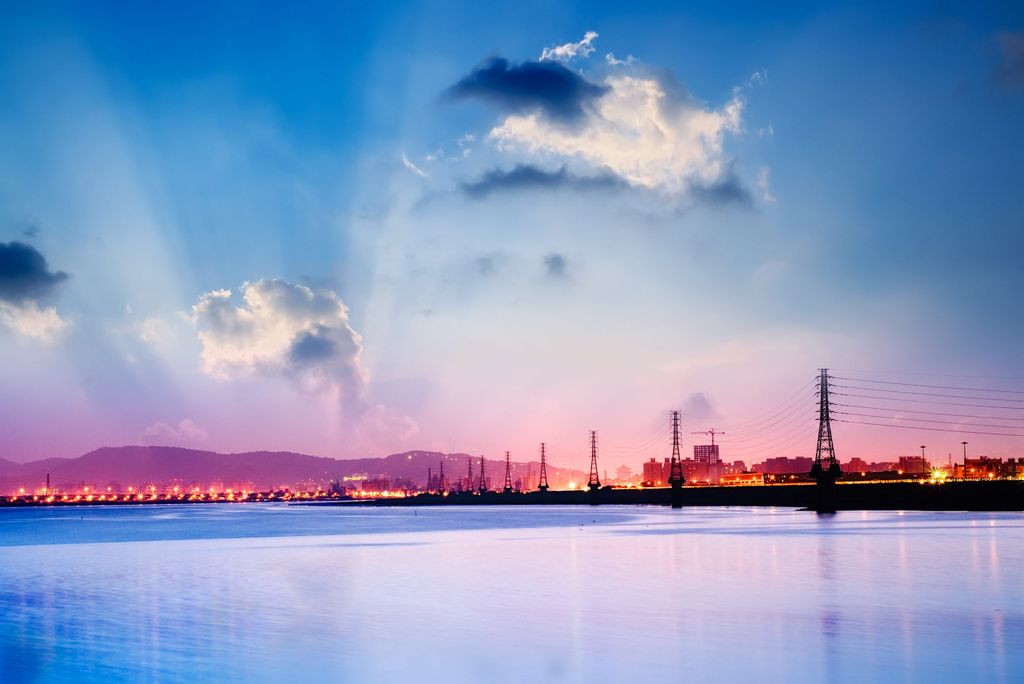
- Area of Expertise
- Climate, Energy & Natural Resources
Climate, Energy & Natural Resources

Professor in International Relations at Royal Holloway, University of London. Associate with the Geopolitics of Energy Project at Harvard University's Belfer Center for Science and International Affairs
Shale gas is nowadays constantly in the news. It has pushed America’s yearly gas production to 680bn cubic metres, overtaking Russia as the world’s largest gas producer and fuelling the ‘reindustrialisation’ of the U.S. Unsurprisingly, Europeans have high hopes of replicating the U.S. story, with expectations that cheap gas will revive ailing economies in the EU and reduce Europe’s energy import dependence. The hope is to limit Europe’s exposure to Russia’s President Vladimir Putin’s ‘gas weapon’, and also to curb transit countries like Ukraine from using that as a political bargaining chip.
The U.S. Energy Information Administration has put Europe’s recoverable unconventional gas reserves at roughly the same as the U.S., so it seems inevitable that some EU countries at least will go for shale. The UK is putting in place what are claimed to be the “most generous tax breaks in the world” for unconventional gas extraction. Poland, despite recent drawbacks, seems determined to tap promising reserves in its Lublin Basin, and the Baltic states are eager to bring in foreign capital along with unconventional drilling technology to sidestep Russian gas. In central and eastern Europe, even modest shale production might go some way to reducing reliance on the monopoly supplier, Russia’s Gazprom.
Leaving geological wildcards aside, Europe’s national leaders would therefore do well to deal with shale gas as a European-level policy issue. To do so successfully, they need to get three things right: A clear analysis of what shale gas might and might not add to their country’s energy security; a shale gas governance framework at both European and national levels; and the public debate surrounding it.
For starters, don’t expect domestic shale gas to be a silver bullet for Europe’s security of supply woes. The Paris-based International Energy Agency estimates that Europe’s import dependence for gas will have grown to some 74% of total consumption by 2035. This number is based on the assumption that shale gas production in Europe will by then have reached a level roughly equivalent to Germany’s entire current demand for gas. So even if shale rock formations were fracked, wherever that’s technically feasible and economically viable, the volumes generated are unlikely to have much of an impact on the EU’s overall gas import dependence. The best case scenario is instead one in which domestic shale gas stabilises indigenous gas production in Europe – as opposed to seeing it drop even lower. In short, energy independence is clearly not on the cards for Europe, even if a sizeable European shale gas sector develops.
The Paris-based International Energy Agency estimates that Europe’s import dependence for gas will have grown to some 74% of total consumption by 2035
The other side of the coin is that transit issues are here to stay as long as the bulk of Europe’s gas is imported via infrastructure that transits third countries. Current trends suggest exactly that, with much discussed alternatives like liquefied natural gas (LNG) now accounting for a mere 15% of Europe’s imported gas. Assuming a growth rate in LNG imports of 2% per year, and coupling this with growing total import needs, traditional pipelines will remain Europe’s import infrastructure of choice for decades to come.
Nor should we expect Europe’s shale gas sector to send prices downwards. It’s true that prices at the U.S.-based Henry Hub saw prices fall to three dollars per MMBTU or less, thanks to soaring domestic production, compared to some €12 in continental Europe. But the U.S. market is liberalised, liquid and vast, whereas Europe’s gas market is scattered, defined by national borders and with spot markets that other than in the UK play only a minor role. Continental Europe’s gas trade is characterised by long-term contracts (LTCs), bi-lateral take-off agreements between producers and consumers that typically span 20-plus years. The bulk of LTCs also come with the traditional price peg to oil, so the still underdeveloped pan-European gas market seems unlikely to translate rather limited additional supplies into lower price signals for consumers.
Because of their scale, most energy technologies tend to come with a degree of risk for society, for the economy or for the environment. In other words, they can do great harm if things go wrong. Japan’s Fukushima disaster or the Deepwater Horizon oil spill in the Gulf of Mexico are cases in point. That’s why comprehensive governance frameworks are needed to deal with energy technology risks that must obviously include fracking, the controversial technology behind shale. EU directives already provide an overall regulatory framework that addresses environmental risks, and complementing these with more robust EU-level regulation on methane leakage, groundwater contamination or seismic risks should help to establish a level playing field for shale. This will probably slow down shale gas developments across Europe, but it will also prevent EU countries from introducing lop-sided national incentives for business investment.
Without the right governance processes, shale gas may prove to be rather short-lived hope even if all the other factors are firmly in place
Getting governance right however goes far beyond much-discussed environmental regulation, or the ‘right’ taxation regimes for shale gas. It is much more about comprehensive processes and participatory governance, where national governments are in the driver’s seat. But companies too need to do their share. This involves revealing fully the potential environmental impacts of fracking, and the actions to be taken to minimise them. Operating in a transparent manner with local administrative powers must be matched by creating economic opportunities for the local population. Developments in Poland have shown that it is crucial to co-opt local communities and to flank exploration with scientific evidence. In central and eastern Europe there has been ample evidence of what happens if this isn’t done properly. Bulgaria, although dependent on importing Russian gas, has banned shale gas exploration for reasons that include the poor way the shale process was managed there. It’s also true that above-ground factors that include the lack of a service industry, appropriate infrastructure or a supportive fiscal regime have helped prevent shale gas from taking off. Still, without the right governance processes, shale gas may prove to be rather short-lived hope even if all the other factors are firmly in place.
The proponents of shale gas in Europe never miss an opportunity to point to America’s fast-approaching ‘energy independence’ and the lower energy prices that are giving the U.S. economy such a sharp competitive edge. They warn that Europe is about to miss the shale energy train, and will lose out on both the economic and security fronts. This argument is flawed on three important accounts. First, energy is only one of the cost factors in any given sector, and not necessarily the most important one. In the refining business or the chemical industry energy represents up to 62% of total input costs including raw materials, so both are more likely to be hit by high gas prices. For most other sectors, though, the average is between 4% and 12%, according to United Nations Industrial Development Organization (UNIDO). In the services sector – the largest element in all advanced economies – energy costs are an almost negligible factor. Europe is therefore unlikely to de-industrialise quickly, just as Japan, a country that pays about five times as much for its gas as the U.S., hasn’t so far seen much of its industry moving abroad. That said, it is also true that further growth in energy-intensive industries may take place elsewhere, and that this is a significant even if rather slow process.
Second, the ability to meet demand with domestic supply doesn’t fully insulate countries from international markets. To maximise their profits, American producers will soon be exporting natural gas, and LNG from the U.S. will find its way to higher priced markets. In the end, an international gas market won’t be very different to that for oil, so global patterns of demand and supply will translate into price changes on a global scale. Energy independence doesn’t necessarily serve to protect any country from shifts in key markets elsewhere.
An EU-28 gas market that is a whopping 500bn cubic metres in size, and the world’s largest in terms of imports, would be a highly attractive place to sell natural gas
Third and related to this, the spread between American and European gas prices is unlikely to last forever. The U.S. will either start exporting gas so as to profit from high margins elsewhere, or its domestic shale gas production will take a hit when prices become unsustainably low. In either case, the spread – while not disappearing – will become smaller.
This is not to say that shale gas has no place in Europe’s energy security, but that its contribution will be indirect. Most important of all, it can help foster the liberalisation of the EU’s own gas market. EU policies have done their best to introduce more competition into the gas market, abandoning destination clauses in traditional LTC arrangements and forcing companies to separate infrastructure from gas sales. The European Commission has started to get tough on Europe’s gas utilities and on Russia’s Gazprom for violating EU market principles. Recent developments in international gas trade have added to the mix, with more LNG supplies sending European spot prices down and so eroding the decades-old link of the gas price to that of oil.
This is where shale gas comes in. Domestic shale production, although limited in volume, will foster gas-on-gas competition in Europe and help to drive forward the Commission’s liberalisation efforts. Perhaps this could make shape the proverbial straw that breaks the camel’s back; it may gradually strengthen the role of spot trading, encourage more gas-on-gas competition and buttress the EU’s efforts to force energy companies to put into practice their liberal market principles when it comes to gas trade.
The best way forward, then, will be to strive for an integrated EU gas market, with EU competition and environmental regimes governing production and trade. An EU-28 gas market that is a whopping 500bn cubic metres in size, and the world’s largest in terms of imports, would be a highly attractive place to sell natural gas. We should make no mistake that producers like Russia, Qatar and eventually the U.S. will always be crucial to supplying this market. But they will be made to play according to EU rules, and would be governed by a powerful regulatory authority that can quickly bare its teeth.
This is certainly not a bad scenario. But it points to a very different set of arguments than the ones that relate to short-term economic benefits and geopolitical scheming. The European policy narrative around shale gas should therefore be re-focused. Singing the tunes of vested interests that increasingly use the shale debate to get their own way on energy pricing will help neither the shale gas cause nor Europe’s consumers. Although it will demand more effort, the EU policy debate should focus on what domestic gas production can do to foster the integration of European gas markets, and on how best European consumers and industries can profit from that.
Next event In person & livestreamed

Past event In person & livestreamed
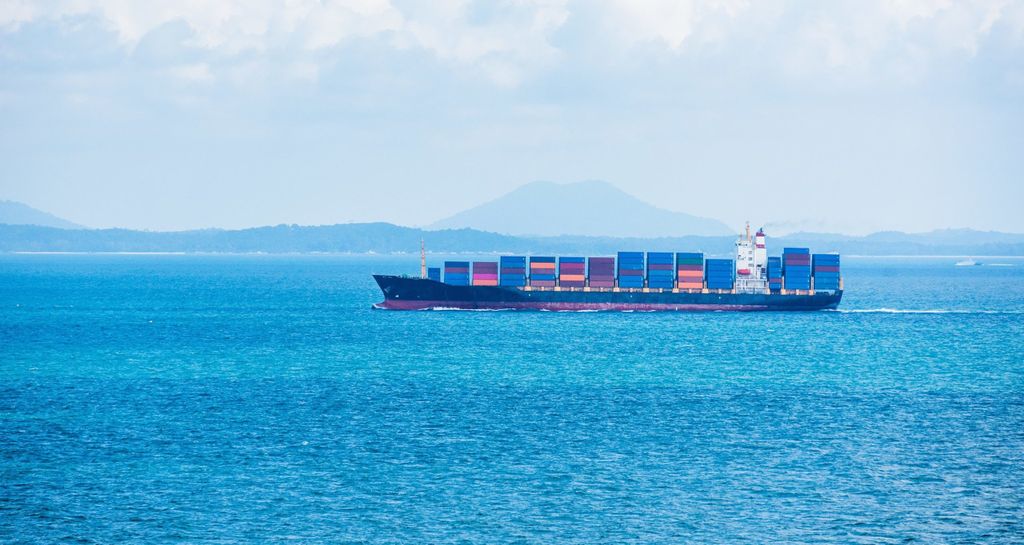
Past event In person & livestreamed
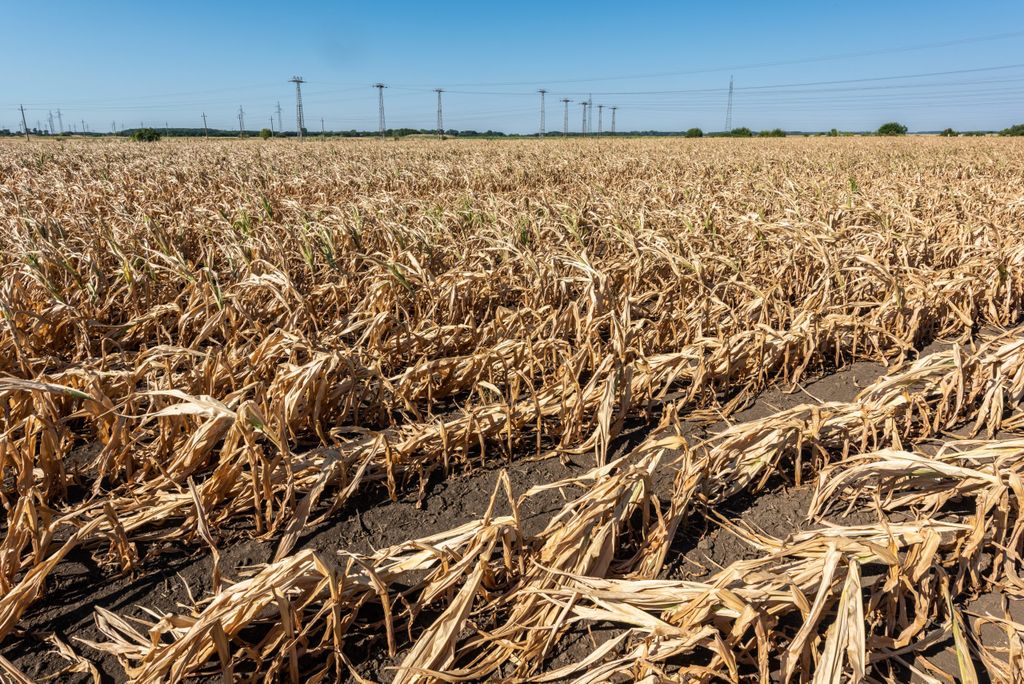
Past event In person & Livestreamed
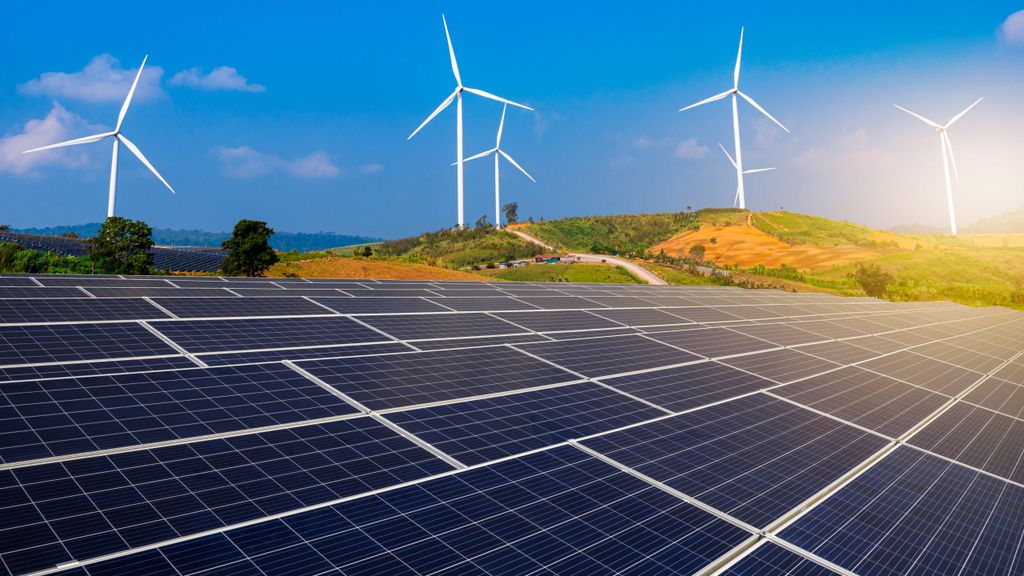
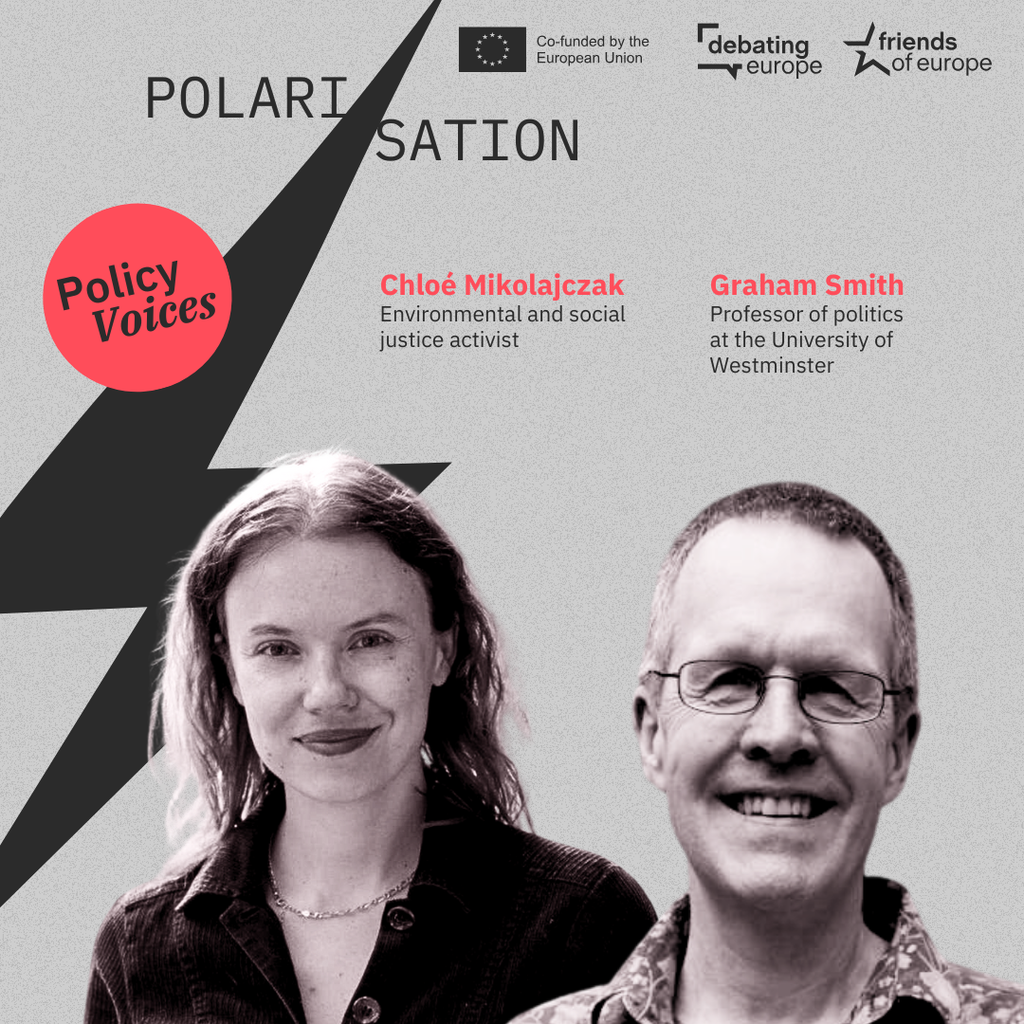



Stay informed
We use cookies and similar technologies to adjust your preferences, analyze traffic and measure the effectiveness of our campaigns. Learn more about our privacy policy.